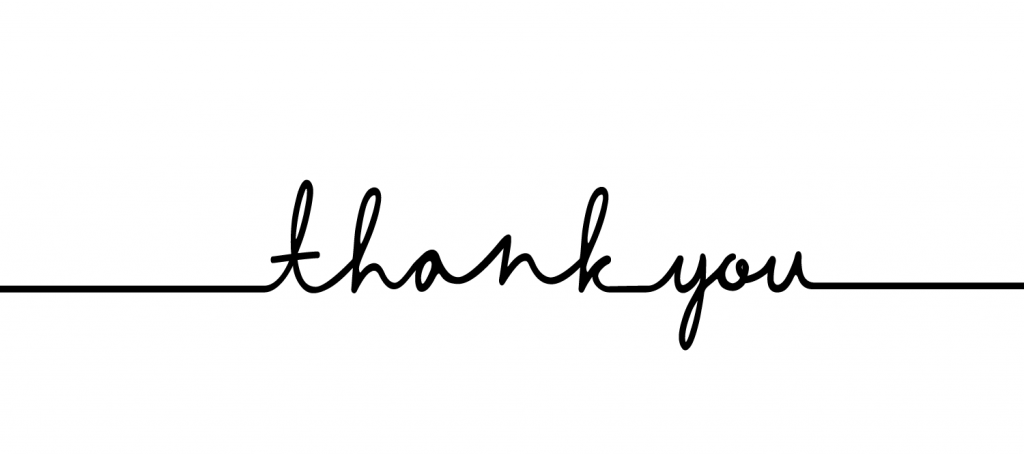
Have you ever worked for someone who never seemed to notice when you did a good job on a project, said thank you for your work, or even acknowledged your effort? How did that make you feel? Chances are, you didn’t last long in that job – or you didn’t have a great attitude about it. Sadly, most of us have walked in those shoes and I would venture to guess that it is probably more the norm across the country than the exception. Just like electronic components for vehicles and the COVID rush on toilet paper, expressions of gratitude in the workplace are falling short on the supply chain.
As employers grapple with such post-pandemic phenomena as quiet quitting and ever emboldened employees wanting remote working options, they are finding that traditional methods of building comradery in the workplace just aren’t cutting it. No more will the “pay a dollar to wear jeans on Friday” or “lunchroom cake for March birthdays” suffice. Employees want to be acknowledged, heard – and they want to be thanked.
In the book Leading with Gratitude: Eight Leadership Practices for Extraordinary Business Results, Adrian Gostick says, “The fact is, people aren’t going to give their all unless their leaders drop fear-based tactics and display caring behaviors: being transparent and fair, listening, admitting their own mistakes, and acting in the team’s best interests.” I highly recommend this book – its smart stuff people are saying.
Similarly, a recent article in Forbes makes a strong business case AND a strong human case for building gratitude in the workplace. It’s simple. It costs nothing and it takes little time or attention. The business case statistics center around motivation, and both individual and team performance and the human case statistics highlight interpersonal connection, community and validation. Indeed, one might suggest that ALL of the statistics support happiness.
“It is not happiness that makes us grateful,
Brother David Steindl-Rast
it is gratefulness that makes us happy.”
So if it’s easy and cheap, perhaps the next best question is HOW do we do it? I would say let’s get back to what Gostick suggests and let go of fear-based norms and practices. Say thank you – both in private, one-on-one and at the weekly staff meeting. Listen to understand how your employees want to be appreciated and allow them to be heard. Perhaps some people do not like public acknowledgement and like stay behind the scenes. Perhaps some people would simply appreciate a piece of nice chocolate and a sticky note. Be vulnerable.
Remember, in the words of the Catholic Benedictine monk, Brother David Steindl-Rast, “It is not happiness that makes us grateful, it is gratefulness that makes us happy.” And happy employees make better team members, better leaders and yield better results on the bottom line.
